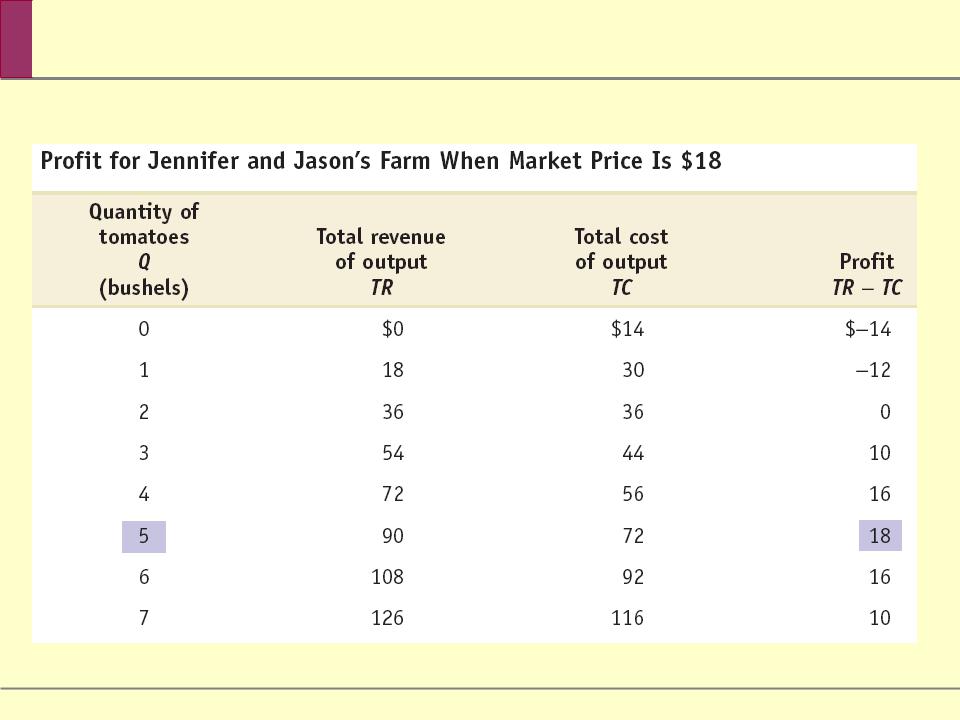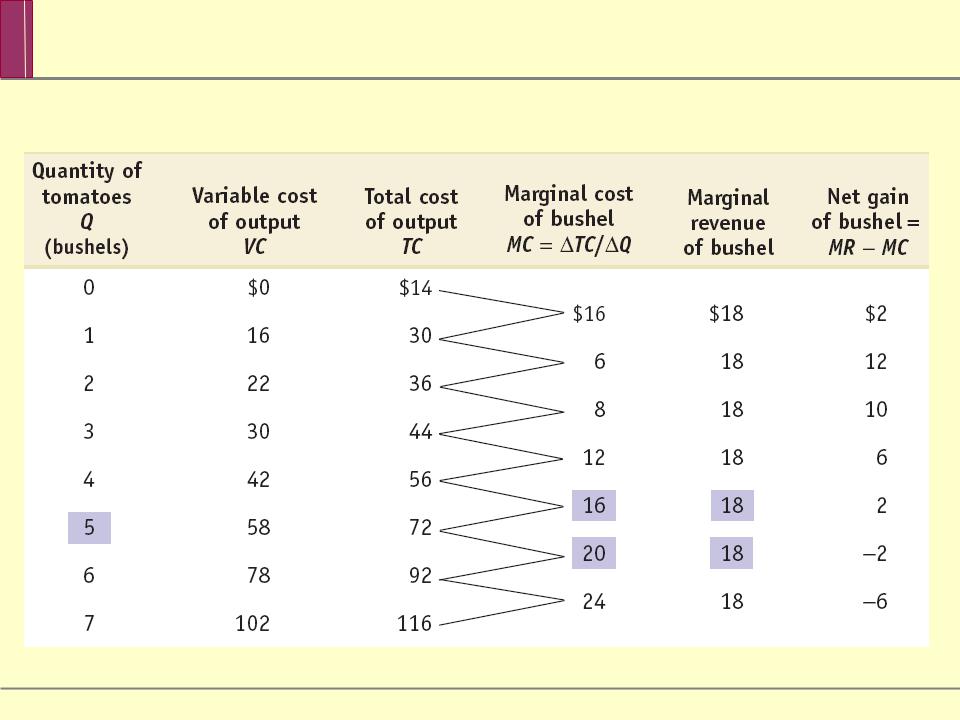
Lectures_micro / Microeconomics_presentation_Chapter_13
.pdf
chapter:
13
>>Perfect Competition and The Supply Curve
Krugman/Wells
Economics
©2009 Worth Publishers

WHAT YOU WILL LEARN IN THIS CHAPTER
What a perfectly competitive market is and the characteristics of a perfectly competitive industry
How a price-taking producer determines its profitmaximizing quantity of output
How to assess whether or not a producer is profitable and why an unprofitable producer may continue to operate in the short run
Why industries behave differently in the short run and the long run
What determines the industry supply curve in both the short run and the long run


 Perfect Competition
Perfect Competition
A price-taking producer is a producer whose actions have no effect on the market price of the good it sells.
A price-taking consumer is a consumer whose actions have no effect on the market price of the good he or she buys.
A perfectly competitive market is a market in which all market participants are price-takers.
A perfectly competitive industry is an industry in which producers are price-takers.

Two Necessary Conditions for Perfect Competition
1) For an industry to be perfectly competitive, it must contain many producers, none of whom have a large market share.
A producer’s market share is the fraction of the total industry output accounted for by that producer’s output.
2) An industry can be perfectly competitive only if consumers regard the products of all producers as equivalent.
A good is a standardized product, also known as a commodity, when consumers regard the products of different producers as the same good.


 Free Entry and Exit
Free Entry and Exit
There is free entry and exit into and from an industry when new producers can easily enter into or leave that industry.
Free entry and exit ensure:
that the number of producers in an industry can adjust to changing market conditions, and,
that producers in an industry cannot artificially keep other firms out.


 Production and Profits
Production and Profits
6

Using Marginal Analysis to Choose the Profit-
Maximizing Quantity of Output
Marginal revenue is the change in total revenue generated by an additional unit of output.
MR = ∆TR/∆Q


 The Optimal Output Rule
The Optimal Output Rule
The optimal output rule says that profit is maximized by producing the quantity of output at which the marginal cost of the last unit produced is equal to its marginal revenue.

Short-Run Costs for Jennifer and Jason’s
Farm

Marginal Analysis Leads to Profit-Maximizing Quantity of Output
The price-taking firm’s optimal output rule says that a price-taking firm’s profit is maximized by producing the quantity of output at which the marginal cost of the last unit produced is equal to the market price.
The marginal revenue curve shows how marginal revenue varies as output varies.
